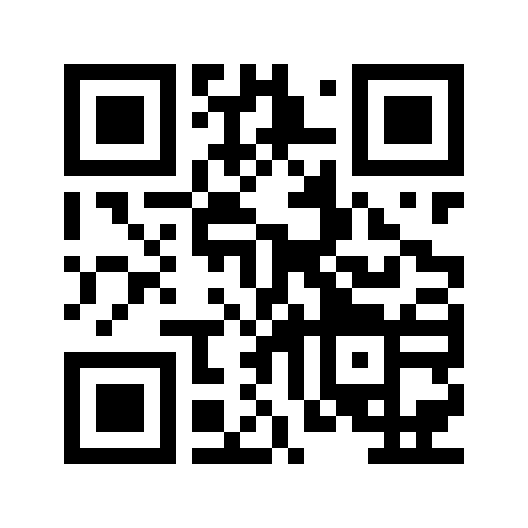Between the fur trade and prospecting eras is a brief period of missionary and military exploration which advanced the general knowledge of the Yellowstone region. maps and writings these explorers became the means of preserving important residual and accurate geographical information amassed by the men of the fur trade. Jim Bridger provided most of the information set on paper. The Bridger map is essentially a hydrographic sketch of amazing accuracy.
The Park’s Early Years
The park’s promoters envisioned Yellowstone National Park would exist at no expense to the government. Superintendents received little or no compensation, little help, and often succumbed to politics. Although they were able to build roads, trails, and structures, they failed to stop the destruction of wildlife. Poachers, squatters, woodcutters, and vandals ravaged Yellowstone.
The Army Arrives
On August 20, 1886, the U.S. Army took charge of the administration and protection of Yellowstone. The Army strengthened and enforced regulations, guarded major attractions, and patrolled the vast interior of the park. However, running a park was not the Army’s usual line of work. The troops could protect the park and ensure access, but they could not fully satisfy the visitor’s desire for knowledge. Moreover, each of the 14 other national parks established during this period was separately administered, resulting in uneven management, inefficiency, and a lack of direction.
The National Park Service Begins
In 1916, Congress passed the National Park Service Organic Act, creating the National Park Service. Yellowstone’s first rangers, which included veterans of Army service in the park, became responsible for Yellowstone in 1918. The park’s first superintendent under the new National Park Service was Horace M. Albright, who established a framework of management that guided the administration of Yellowstone for decades.
The Legacy of Yellowstone
The years have shown that the legacy of those who worked to establish Yellowstone
National Park in 1872 was far greater than simply preserving a unique landscape. This one act has led to a lasting concept—the national park idea. This idea conceived wilderness to be the inheritance of all people, who gain more from an experience in nature than from private exploitation of the land. Scores of nations have preserved areas of natural beauty and historical worth so that all people will have the opportunity to reflect on their natural and cultural heritage and to return to nature and be spiritually reborn. Of all the benefits resulting from the establishment of Yellowstone National Park, this may be the greatest.
Courtesy of http://www.yellowstonenationalpark.org/blog/yellowstone-history/
About our Wyoming historian and narrative from Jeremy Johnston:
Growing up in Wyoming
Jeremy M. Johnston was born in Powell, Wyoming. He was fortunate to be raised near his paternal and maternal grandparents, as well as two great-grandmothers who resided in Cody, Wyoming, and a great-grandfather who lived in Arizona. Johnston’s maternal grandparents, the Bevers, homesteaded on the Garland Division of the Shoshone Irrigation district in 1913. His paternal grandparents, the Johnston and Spaulding families, settled near Cody, Wyoming, in the late 1890s. His great-great-grandfather was John B. Goff, a hunting guide for Theodore Roosevelt in Colorado who later managed Buffalo Bill’s Wapiti stage stop located on the Cody to Yellowstone road. As a young boy, Johnston listened to numerous stories about his family’s past experiences and began to see how their past experiences tied him to Wyoming and how the history of the region shaped current sociopolitical issues and the culture of the State of Wyoming. This experience led him to become a professional historian.
For More Information
Indians of Yellowstone Park, revised edition, 2002. Joel C. Janetski
Journal of a Trapper, 1997. Osborne Russell
Myth and History in the Creation of Yellowstone National Park, 2003. Paul Schullery and Lee H. Whittlesey
Restoring a Presence: American Indians in Yellowstone National Park, 2004. Peter Nabokov and Larry Loendorf
Yellowstone Resources & Issues, (annual). Yellowstone National Park staff
The Yellowstone Story, 2 vols., 1996. Aubrey L. Haines
www.nps.gov/yell
www.cr.nps.gov
References
This post incorporates text from:
Yellowstone – A Brief History of the Park, 2006 www.nps.gov/yell/planyourvisit/upload/Yell257.pdf
As always leave a review if you enjoyed these stories and follow us on Instagram or visit the webpage of the Wyoming Humanities!
Sign up for the podcast newsletter using the QR code of follow this link: http://eepurl.com/igy4fH

